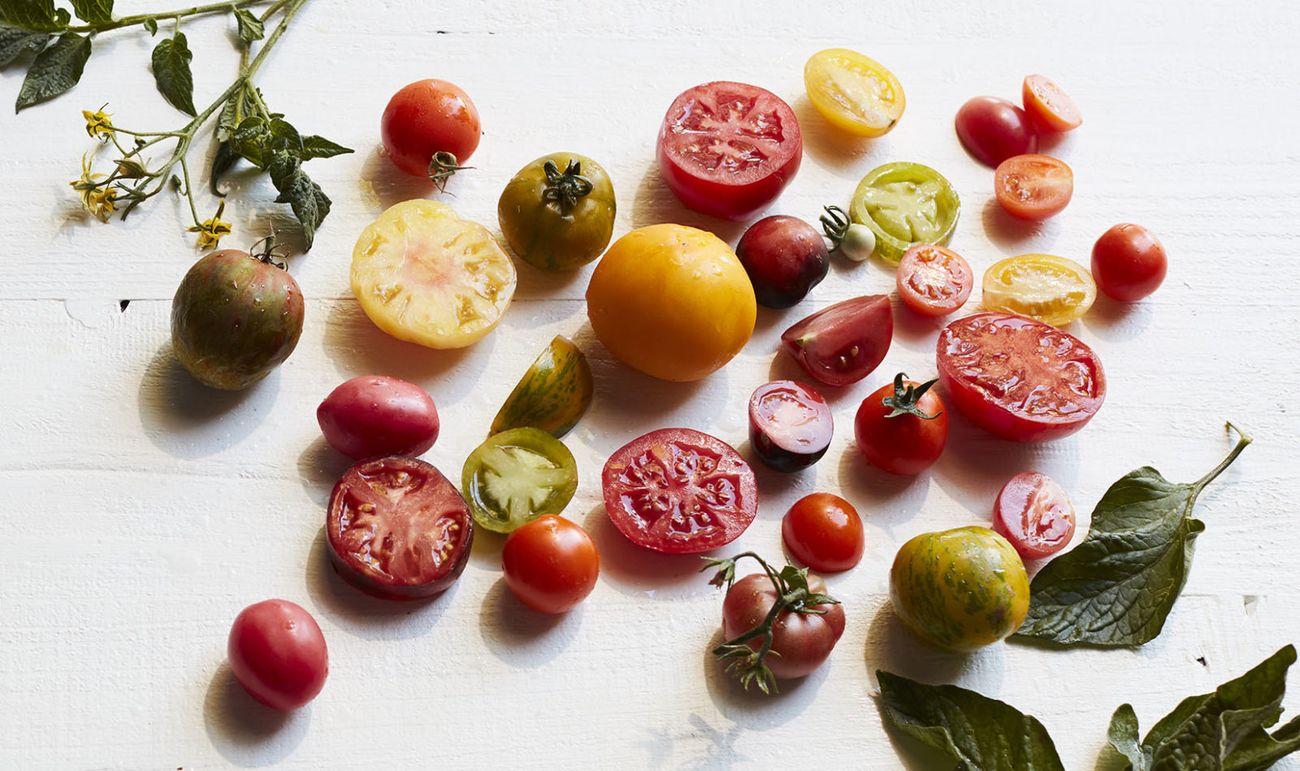
Heirloom varieties are more than just old-fashioned plants; they are living pieces of history. These unique plants have been passed down through generations, often within families or communities, preserving their distinct characteristics. But what makes them so special? Heirloom plants are open-pollinated, meaning they rely on natural pollination methods like wind, insects, or birds. This results in seeds that produce plants true to their parent type, unlike hybrids. They offer a rich diversity in flavors, colors, and shapes, making them a favorite among gardeners and chefs alike. Heirloom seeds also play a crucial role in maintaining genetic diversity, which is vital for food security. Ready to dig deeper into the world of heirloom varieties? Let's uncover 21 fascinating facts that highlight their importance and charm.
What Are Heirloom Varieties?
Heirloom varieties are plants that have been passed down through generations. They are cherished for their unique flavors, colors, and resilience. Let's dive into some fascinating facts about these treasured plants.
-
Heirloom varieties are open-pollinated, meaning they rely on natural pollination from insects, birds, or the wind. This ensures genetic diversity and adaptability.
-
These plants have been cultivated for at least 50 years, often much longer. Some heirloom seeds date back centuries, preserving a piece of agricultural history.
-
Heirloom tomatoes are among the most popular varieties. They come in a rainbow of colors, including purple, yellow, and even striped.
-
Unlike hybrid plants, heirlooms can be saved and replanted year after year. This makes them a sustainable choice for gardeners.
-
Heirloom plants often have superior flavor compared to commercial varieties. This is because they are bred for taste rather than uniformity or shelf life.
The History of Heirloom Varieties
Understanding the history of heirloom varieties helps appreciate their value. These plants have stories that connect us to our past.
-
Many heirloom seeds were brought to America by immigrants. They carried seeds from their homelands to grow familiar foods in their new country.
-
Native American tribes have cultivated heirloom varieties for thousands of years. These plants are integral to their culture and cuisine.
-
During the Great Depression, families relied on heirloom seeds to grow their own food. This self-sufficiency was crucial during tough economic times.
-
Victory gardens during World War II often included heirloom varieties. These gardens helped supplement food rations and boost morale.
-
Seed saving organizations and seed banks play a vital role in preserving heirloom varieties. They ensure these plants are not lost to time.
Benefits of Growing Heirloom Varieties
Growing heirloom varieties offers numerous benefits, from environmental sustainability to culinary delight.
-
Heirloom plants are often more resilient to pests and diseases. Their genetic diversity makes them hardier than many modern hybrids.
-
These plants can adapt to local growing conditions. Over time, they become well-suited to the specific climate and soil of an area.
-
Heirloom gardening promotes biodiversity. Growing a variety of plants helps support a healthy ecosystem.
-
Many heirloom varieties are rich in nutrients. They often contain higher levels of vitamins and minerals compared to commercial crops.
-
Heirloom gardening connects people to their food. Knowing the history and story behind a plant can make the gardening experience more meaningful.
Unique Heirloom Varieties to Try
There are countless heirloom varieties to explore. Each one offers something special, whether it's a unique flavor or a striking appearance.
-
The Cherokee Purple tomato is known for its deep, rich flavor and beautiful purple-red color. It's a favorite among tomato enthusiasts.
-
The Moon and Stars watermelon is a striking variety with dark green skin speckled with yellow spots. Its sweet, juicy flesh is a summer treat.
-
The Dragon's Tongue bean is a Dutch heirloom with creamy yellow pods streaked with purple. It's as tasty as it is beautiful.
-
The Glass Gem corn is a stunning variety with kernels that look like colorful glass beads. It's often used for decoration but can also be popped or ground into cornmeal.
-
The Lemon Cucumber is a small, round cucumber with a bright yellow skin. Its mild, sweet flavor makes it perfect for salads and pickling.
-
The Black Krim tomato hails from Crimea and is prized for its smoky, salty flavor. Its dark, almost black skin sets it apart from other tomatoes.
The Final Scoop on Heirloom Varieties
Heirloom varieties offer a rich tapestry of history, flavor, and sustainability. These plants, passed down through generations, bring unique tastes and vibrant colors to our tables. They thrive without heavy chemical use, making them a healthier choice for both us and the environment. Plus, growing heirlooms helps preserve biodiversity, ensuring future generations can enjoy these treasures.
By choosing heirloom seeds, you're not just planting a garden; you're cultivating a piece of history. Each plant tells a story, connecting us to our ancestors and the land. So next time you're planning your garden, consider adding some heirloom varieties. You'll be rewarded with more than just delicious produce; you'll be part of a movement to keep these precious plants alive. Happy gardening!
Was this page helpful?
Our commitment to delivering trustworthy and engaging content is at the heart of what we do. Each fact on our site is contributed by real users like you, bringing a wealth of diverse insights and information. To ensure the highest standards of accuracy and reliability, our dedicated editors meticulously review each submission. This process guarantees that the facts we share are not only fascinating but also credible. Trust in our commitment to quality and authenticity as you explore and learn with us.


